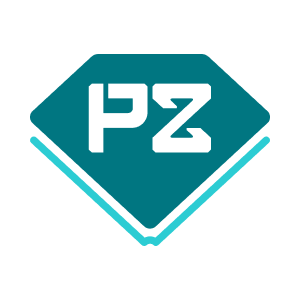NO.PZ2025010601000028
问题如下:
Jack Harmon is 60 years old and owns a construction firm valued at $45 million. Even though he's more than capable and enthusiastic about running the business for the time being, he seeks advice from Emily Foster on how to pass on the business to his heirs or find new proprietors. Harmon is married with three children. His oldest daughter holds a key position as a project supervisor in the company, while his two sons have ventured into other fields. One son is a graphic designer, and the other is a journalist, neither showing any inclination towards the family business.
Foster starts assessing whether the Harmons’ core capital can cover their unsettled debts and lifetime consumption needs. For this purpose, he drafts the extended family balance sheet presented in Exhibit 1.

Which of the following correctly calculates the Harmons' primary capital?
选项:
A.$2,000,000 (Home) + $1,500,000 (Cash and short - term bonds) + $2,500,000 (Tax - deferred investment portfolio) = $6,000,000 B.$2,000,000 (Home) + $1,500,000 (Cash and short - term bonds) + $2,500,000 (Tax - deferred investment portfolio) + $30,500,000 (Trucking business)= $36,500,000 C.$2,000,000 (Home) + $1,500,000 (Cash and short - term bonds) + $2,500,000 (Tax - deferred investment portfolio) + $2,500,000 (Human capital)= $8,500,000解释:
Primary capital typically includes personal assets like home, liquid assets such as cash and short - term bonds, and tax - deferred investment portfolios. The trucking business is the main operating asset of the firm, not part of the primary capital in the personal financial sense, and human capital represents future earnings potential, not a typical component of primary capital for this calculation. So, the sum of the home, cash & short - term bonds, and tax - deferred investment portfolio gives the primary capital, which is $2,000,000 + $1,500,000 + $2,500,000 = $6,000,000.
这道题对应讲义上哪个知识点?谢谢老师



